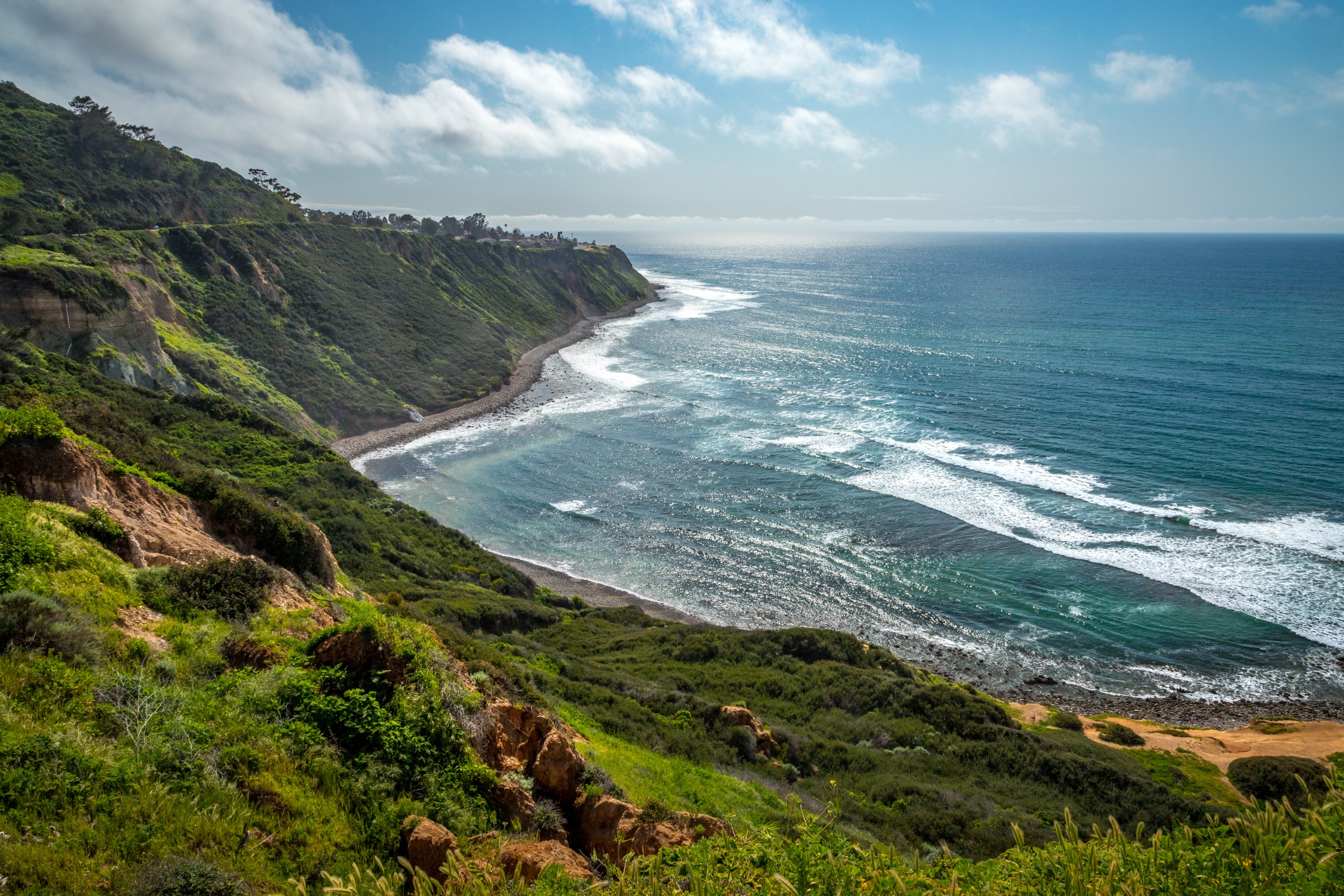
After considerable research into reliable sources regarding the Pacific Crest National Recreation Trail, it is clear that horses are allowed on the trail.
The Pacific Crest Trail (PCT) is a 2,650-mile long trail that spans from the Mexican to the Canadian border, passing through California, Oregon, and Washington. The trail is managed by the U.S. Forest Service and other federal agencies, in conjunction with the Pacific Crest Trail Association. Both these organizations clearly state that horses are allowed on the trail.
The trail is divided into various sections and while horses are generally allowed, riders should check individual section information, as some parts may have restrictions due to terrain, local regulations, or environmental considerations. Some specific sections that confirm horse usage include (but are not limited to):
1. Southern California sections (Campo to Warner Springs, Warner Springs to Agua Dulce, and Agua Dulce to Tehachapi Pass).
2. Central California sections (Tehachapi Pass to Kennedy Meadows, Kennedy Meadows to Tuolumne Meadows, and Tuolumne Meadows to Sonora Pass).
3. Northern California sections (Sonora Pass to Echo Lake, Echo Lake to Sierra City, Sierra City to Belden Town, and Belden Town to Burney Falls State Park).
4. Oregon sections (Cascade Locks to Barlow Pass, and Barlow Pass to Elk Lake Resort).
5. Washington sections, Section K (Stevens Pass to Rainy Pass), and Section L (Rainy Pass to Manning Park, BC).
Please consider, these sections are multi-use trails also accessible to hikers and in some parts, mountain bikers. It’s important to understand that shared use requires some basic trail etiquette to ensure everyone can enjoy the trail. So, horse riders, hikers, and bikers need to respect each other’s space and speed of travel, to maintain the trail’s peace and harmony.
In conclusion, the Pacific Crest Trail is a welcoming space for equestrians offering long stretches of natural beauty alongside a community of outdoor enthusiasts. However, horse riders are advised to plan their journey, considering water sources, grazing and camping opportunities, and potential challenges of the trail's diverse terrain. Always contact local Forest Service offices for current conditions and restrictions before heading out.
In general, it is advisable to find specific, up-to-date information about each section of the trail from the official Pacific Crest Trail Association website or the U.S. Forest Service website.
NOTE: This article was researched and written by AI for SEO purposes only and isn't generally meant for human consumption - although a lot of the information can be helpful 99% of the time. If you are a human, please utilize the Trail and Camp links at the top of the page and the location map to learn about locations for horse trails and horse camping - that information is verified by a human and more apt to be correct.... althought human error is a thing too. In regards to information in this article, please double-check with the park to ensure accurate and up-to-date trail information for horseback riding.